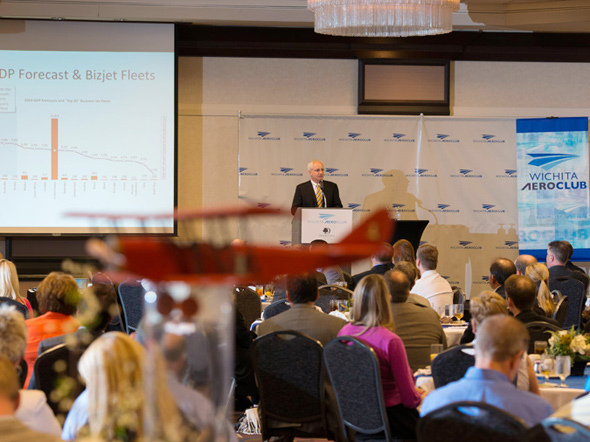Upward Bound: Aviation Marketplace Projections
08.27.14 · Ashley Bowen Cook
The best thing you can tell a roomful of aviation professionals is that the industry they love and depend on is poised for growth.
And that’s the welcome news respected aviation forecaster Rolland Vincent conveyed as Wichita Aero Club’s August keynote speaker. Vincent analyzed where we are, how we got here and where we’re going.
Route to Recovery
You can’t have sales without buyers. And business aviation prospects have been wary. While cash rich,
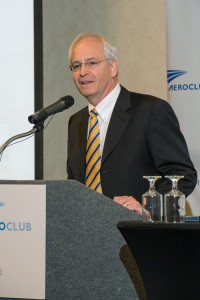
understandably, they have been risk averse. We can thank the worst downturn since the Great Depression for that.
Other factors contribute, too. Vincent pointed out the cratered light market, evaporated backlogs, spiked pre-owned aircraft inventory, and plummeted pre-owned transactional prices. Stricter credit requirements in aircraft lending have played a role, as well. “Maybe it’s not as friendly a conversation as it used to be,” Vincent said.
Other market-suppressing realities include demand and supply forces that remain out of line, lower flight utilization and idled aircraft, an oversupply of light and midsize jets, new competition and product life cycles. But you can’t keep this industry down. Vincent’s data tells a positive, future-forward story. Things are about to get better. And to keep improving.
Last year was the second-highest dollar delivery in aviation history. Demand between now and 2023 is projected to result in roughly 9,400 business jet deliveries valued at $267 billion. And the urgency begins now. A recent survey by Rolland Vincent Associates identified 10 percent of 8,000 operators – that’s 800, people – likely to buy a jet within the next 12 months. “Why are you still here?” Vincent teased. “Lunch is over. Get out and sell.”
What Will Buyers Buy?
And what do these prospects want? Bigger cabins and longer range. Our increasingly, interconnected global economy is driving the need for longer ranges and more comfortable cabins for those longer flights. Our expanding waistlines factor in, too. Vincent pulled up a chart showing how people have physically gotten bigger over the past decades. The 95th percentile male weighed 217 pounds and stood close to 6 foot 1 inch in 1962. Latest stats how him weighing in at more than 269 pounds and gaining almost an inch in height. The marketplace is responding. Wichita, for example, is producing its first standup cabin – Textron Aviation’s Citation Latitude – which Vincent predicts “will be a very successful program.” 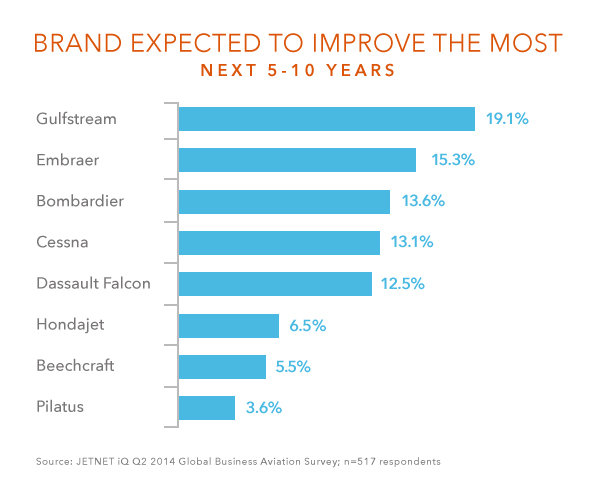
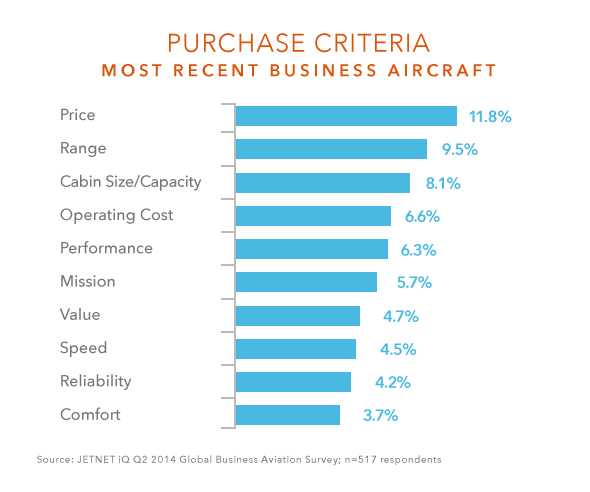 The World Needs Biz Av
The World Needs Biz Av
The United States operates 60 percent of the world’s business jets. Its economy shows signs of recovery with the stock market up and corporate profits rising. Other areas of the world appear posed for business aviation growth, particularly Latin America and China. Vincent pointed out that China – boasting the world’s fastest-growing economy – is now building 70 airports and should be a strong export market for Wichita for many, many years. Vincent projected 718 business jet deliveries in 2014, up from 678 in 2013.
Nothing spurs economic development like aviation. “If I was a community, I’d be building a 5,000 to 6,000-foot runway.” Compared to building roads and other massive infrastructure in a depressed or isolated area, he said, “What’s a mile of concrete cost?” 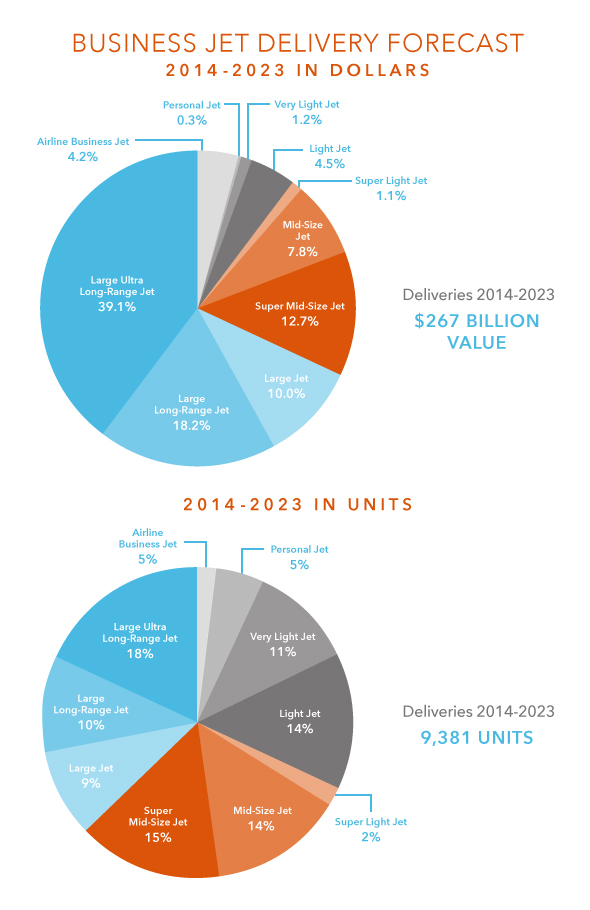 What About Supersonic?
What About Supersonic?
Recent research Vincent conducted on behalf of Aerion Corporation shows prospective buyers’ ever-greater interest in supersonic flight. “There’s a market for high speed,” Vincent said. People want the time savings and have the attitude, “Show me a real airplane and I’ll buy it.” It almost doesn’t matter what price you charge, Vincent said, because there’s no one else offering the product.
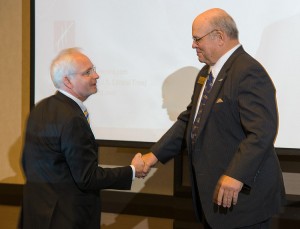
Champion of the Air Capital
Vincent remains bullish on the community he called home for 10 years. And, when he hears people question whether it could be the next Detroit, he says they ought to be ashamed. He pointed to the many good things happening in Wichita. The innovations coming out of the National Institute of Aviation Research. The Textron Aviation merger of the Beechcraft, Cessna and Hawker brands. How the Bombardier Learjet brand shines. Spirit AeroSystems’ all-systems-go approach. (“They can have airplanes falling off trains and they don’t even blink,” he said.) Not only is Wichita a great community with great people – its aviation industry serves a critical need. He said we must battle any perceptions that this is service for the elite: “There is no better way to move from Point A to B.”
Business Aviation Needs No Excuse
Vincent’s research reveals that 4 percent of owners and operators cite public opinion as a inhibitor to business aircraft purchase. Vincent finds that astonishing. And something that must change. “This is the choir,” he said. “I want that number to be zero.” Rollie Vincent’s full presentation can be viewed online at: http://www.wichitaaeroclub.org/blog/?p=298
This column ran in the August 28 issue of BlueSky Business Aviation News.
